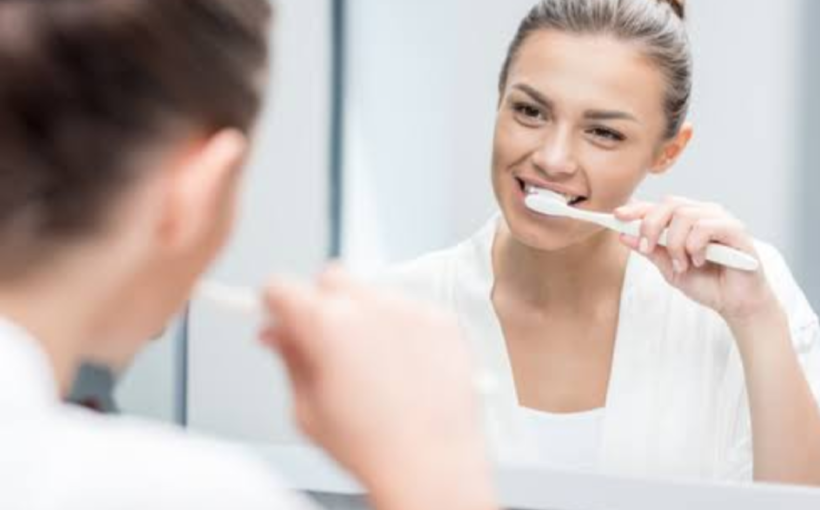Recognized yearly on Nov. 1—the day after the candy-filled and cavity-inducing Halloween holiday— National Brush Day reminds us to clean away all that sugar and reinstate some healthy habits to improve our oral health.
To refresh the Case Western Reserve University community on best practices for toothbrushing, The Daily sat down with Suparna Mahalaha, assistant professor in the Department of Community Dentistry at the School of Dental Medicine.
1. Will a hard toothbrush get my teeth really clean?
While it might seem logical that a hard toothbrush will provide more effective scrubbing, medium and hard toothbrushes can actually cause damage to the gums. Using a soft toothbrush for at least two minutes twice a day is optimal for maintaining oral health.
2. What else can I do to care for my oral health?
In addition to using a soft toothbrush, drinking water after meals and chewing sugar-free gum (preferably with xylitol) can help keep your mouth clean between brushings. Make sure to also clean your gums in addition to your teeth—use round, circular motions focusing on the juncture where the gums and teeth meet. Flossing is also important because it helps to remove plaque and food debris from areas between your teeth and under the gum line where your toothbrush can’t reach.
3. I brush my teeth really well before my dental visits. Will my dentist be able to tell that I don’t do this regularly?
Brushing and flossing regularly can reduce the risk of cavities and gum disease. So, if your exam with your dentist suggests that you have cavities and/or gum disease, your dentist will probably know you brushed really well only once or twice. So, yes. Your dentist will be able to tell!
In your lifetime, you get one set of permanent teeth. The next time you chew, smile, and talk, remember that your teeth work hard for you everyday. Take care of them, so they can take care of you!
Case Western Reserve University


